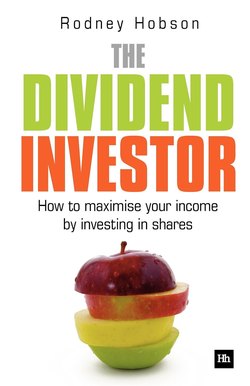Читать книгу The Dividend Investor - Rodney Hobson - Страница 9
На сайте Литреса книга снята с продажи.
Chapter 1. Companies and Dividends The purpose of companies – to pay dividends
ОглавлениеLet us be quite clear: the whole purpose of companies is to pay dividends. It goes like this:
1 a company is set up
2 the company makes a profit
3 the owners share the profit
4 we all live happily ever after.
The payment of dividends is, or should be, the raison d’être of all companies whose shares are quoted on any stock exchange. Dividends are the reward paid to shareholders who have invested their money in the business.
Yet in a sense dividends come last in the pecking order. They are funded out of what is left over after a whole range of bills and obligations have been met, such as:
staff wages
trade creditors
tax
interest and repayments on bank loans
pension fund contributions
bondholders
cash to meet day-to-day needs (working capital)
investment in the company.
There are two factors that affect whether a dividend is paid at all:
1 The company must have made a profit, either in the current or in previous years.
2 The company must have some cash to fund the dividend.
Companies do not normally pay out all the profits as they arise. Some cash is retained to fund the day-to-day operations of the company and some is held to fund expansion or new plant and machinery. Profits that are thus retained in the business build up in what are known as ‘distributable reserves’, so called because this is the amount of cash that can legally be distributed to shareholders in dividends.
If the company makes a loss, that will reduce the size of the distributable reserves. If losses persist and all the distributable reserves are used up, the company cannot pay dividends. Any accumulated losses must be fully offset by subsequent profits before the dividend can be restored unless the company receives permission from the High Court for a capital restructuring.
